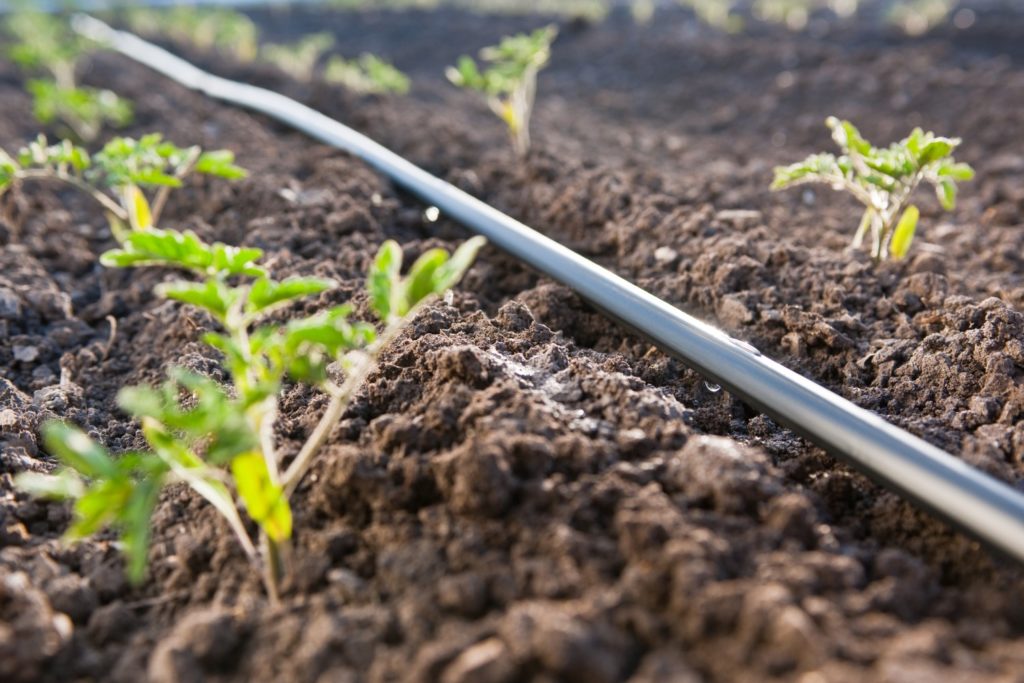
How to Grow Tomatoes in a Raised Garden Bed
Tomatoes perform well in raised beds like other vegetables, especially in rainy periods. They are sensitive plants that respond quickly to excess moisture levels and waterlogging.
This year, the rains have been abundant and you all know what happens to the tomato plants after the rains. High cases of blight and extreme soil moisture-related diseases, low supply, high demand, and skyrocketing prices.
Tomatoes perform well in soils with deep, fertile, well-drained soils with a pH range of 5.5 to 7.0. You can grow local varieties like Rio Grande Starke Ayres and Isi Sementi and hybrid varieties like Ansal, Shanty, Kilele F1, Star 9068 F1, Zara F1, and Terminator F1.
Growing in raised beds enables you to create a controlled environment for your tomatoes to grow without having to amend your soil. It’s an interesting gardening method that makes you produce more effectively and optimize irrigation efforts more easily. If you have been in a flower farm or production zones of herbs like gypsophila, you might have an idea of how beds are prepared or spaced.
Grow Tomatoes in Raised Garden Beds
Tomatoes take between 50 to 120 days from planting to harvesting depending on the variety. Most take 75 to 90 days to mature. However, you also need to factor in management practices and climate conditions.
In raised beds, the soil tends to warm faster, giving your plants the right conditions to grow. They allow you to garden even on difficult soils where drainage is poor as well as on a terrace. You can drain excess water more easily.
How to Choose the Right Size of the Bed?
A raised bed should be at least 12″ tall to create room for adequate drainage and give your plants’ roots enough room to grow. Also, the beds should not be too wide as they will become more difficult to manage.
They should not be more than 4 feet wide and should be accessible on both sides. Having a width of 4’’ makes it easy to access the bed’s center from each side, something useful during weeding, spraying, and harvesting.
Soil and Fertilization Needs
Healthy soil is the key to successful gardening. Tomatoes grow in well-draining, fertile soils. When preparing the beds, you should soften the soil to keep it in the right condition. Mix the topsoil with well-decomposed manure or compost.
Avoid hard-packed or heavy soil that lacks organic contact. Compacted soil may reduce root development. Test your soil to determine the nutrients available, texture, and conditions. This will help you tailor manuring and fertilizer applications.
Optimize irrigation
In raised beds, overhead irrigation may not be the best option. You need something that doesn’t splash water on the leaves. Drip irrigation is an excellent watering method in raised beds that will save you from soil-borne diseases.
Revolutionize Your Tomato Harvest with Mazero Drip Irrigation!
Even if the rains are still here, you need a strategy that will scale up your watering efforts. Say goodbye to wasted water and hello to healthier, juicier tomatoes. Mazero irrigation systems deliver targeted hydration directly to your plant roots, ensuring optimal growth and maximum yields.
Grow Bigger, Better Tomatoes. Our precise drip system delivers water and nutrients right where your tomatoes need them most, promoting stronger roots and vibrant foliage.
Save Water, Save Money. With Mazero, you’ll use up to 50% less water compared to traditional watering methods, all while achieving superior results.
Easy to Install, Effortless to Use. Our user-friendly design makes setup a breeze, so you can spend less time fussing with hoses and more time enjoying your thriving tomato garden.
Sustainable Solution. Mazero Drip Irrigation systems are eco-friendly, reducing runoff and minimizing water waste, so you can feel good about your gardening practices.
Don’t wait for a bumper crop – upgrade to Mazero Drip Irrigation today and watch your tomatoes flourish like never before! Learn more at www.mazero.com or contact us for a personalized consultation. Happy gardening!

